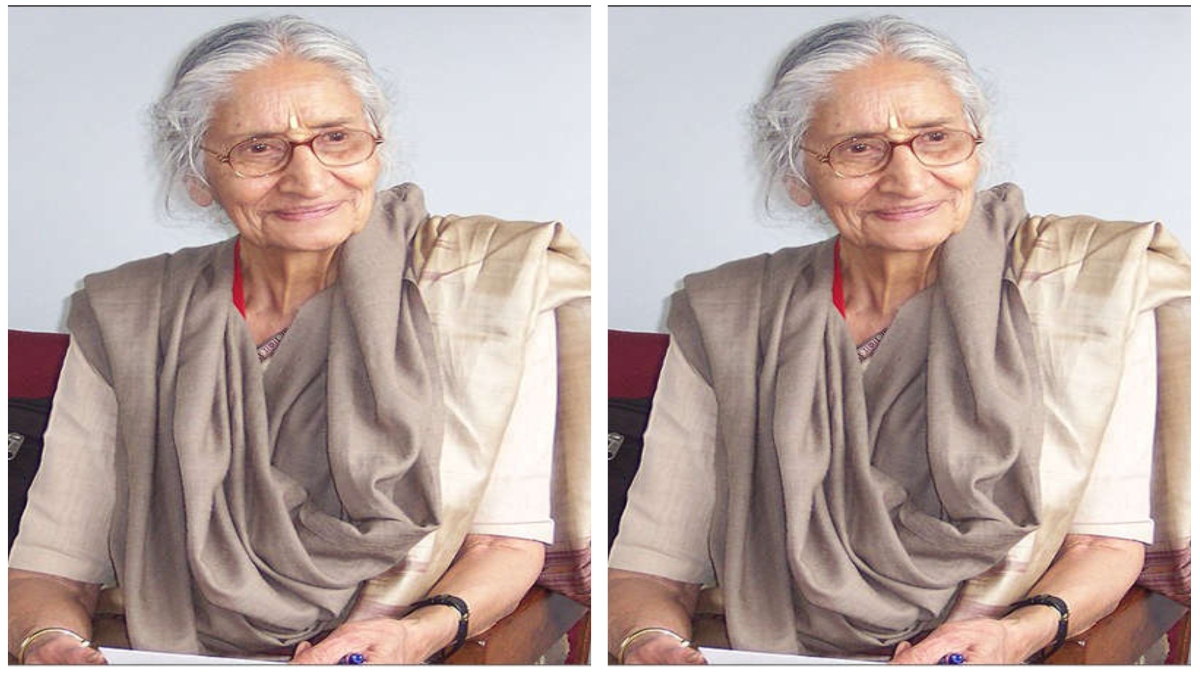


It is said that dance emerged as a fully formed art by the mere wish of Lord Shiva. Dance, if not seen as a spontaneous creation can be understood as a curious mixture of several art forms such as music, drama, acting, movement projected upon its chief instrument of expression: human figure. Dance is not a simple synthesis of all arts but a heightened and intense expression of the combination. Dance is also a composition of movements that issue from various parts of the human form: shoulder, hip and knee joints being the key points. Natyashastra, the great treatise on drama and dance, categorizes human body into two parts: major limbs and minor limbs. According to this classification, head, hands, breast (chest), sides (waist), hips, and feet constitute the major limbs. Minor limbs include eyes, eyebrows, nose, lips, chin, mouth etc. Interestingly it does not analyze the role of toes of the feet, belly, knees and ankles in the dance movement and only alludes to the wrist.

The sage Bharata is assigned the authorship of Natyashastra. Its dates are in between 200 BCE or 200 CE and is lost in the mists of time. It is our good fortune that a large part of it is still available for us to learn and enjoy. As is the tradition in India, a major text is continuously worked upon by subsequent generations thus developing it continuously, making additions as the time demands and circumstances dictate. Natyashastra was also subjected to this process. One of the major contributors to this process was Kapila Vatsyayan, who by her translation and understanding illuminated and contemporized Natyashastra and its understanding. In this sense, she stood as tall as other commentators on Indian art as Abhinavagupta and Sarangadeva. Kapila Vatsyayan was born in 1928 in Delhi, pursued English literature in her undergraduate studies from Delhi University and PhD from Banaras Hindu University. At the age of ten while she was performing a dance titled, ardhanarishwara, she was identified by the great Kathak guru, Acchan Maharaj who told her “You dance beautifully but you need training”.
She kept her interest in dance away from her college life and learnt other dance forms: Bharatanatyam from Meenakshi Sundaram Pillai and Manipuri from Guru Amobi Singh. She was simultaneously involved in running a dance school and gathering teachers of dance from across the country to Delhi, which included Pt Birju Maharaj and Lalitha of Kalakshetra. She considered her mother and Kamaladevi Chattopadhyay, the founder of National School of Drama, Sangeet Natak Academy as her guru.
Later she went to America, where she conducted movement analysis with the help of Laban’s tools and Hanya Holm’s movement systems. She learnt from them, how self-awareness can be achieved through the movement of the body. She said in one of her interviews, “In the west we try to know our body whereas in India we use our body to transcend it, two completely different ways of looking at the same thing”.
Kapila Vatsyayan was at home with both Indian and Western traditions of dance and was therefore able to isolate that which is different and unique in each. In her analysis of the body movement within nrtta, as opposed to nrtya and natya, she elucidated the difference that is fundamental. Indian classical dance has three categories, nrtta, nrtya and natya. Nrtta is pure dance without meaning, where movements of body do not indicate towards any mood. Nrtya is body movements performed to musical notes whereas Natya is drama. She wrote that Indian dance conceives itself as the relationship between body movement and its response to the pull of gravity. It seeks to first arrive at the perfect position of balance, at a specific point of time and space along the vertical median also called the brahma sutra. She equated it to the idea of sama-bhanga in sculpture that places equal weight on both sides of the sculpture. This position is so important that all other dance movement springs forth from this original position and returns to this. A western dancer especially in ballet, leaps and glides in space and tries to free herself from gravity, even if for a few moments. She tried to eliminate or reduce space by covering as much of it as possible, by flinging oneself away from it and freeing oneself, by reaching out into space in both horizontal and vertical direction, trying to grasp and master space at the same time.
The Indian dance tradition looks at space, gravity and time differently. Here the preoccupation is with time. The striving is always for the perfect pose that conveys timelessness. The nrtta technique therefore depends on making intricate movements with body parts by manipulating time also called tala and achieve a series of poses with the perfect pose being a moment of arrested time.
Kapila Vatsyayan experienced in the sculptures of Khajuraho, the primal sources of Indian dance. To understand this experience, she began her doctoral studies at Banaras Hindu University, and analysed related manuscripts, photographs, artifacts, and sculptures. She thus began her journey of understanding human body as it moves in dance forms and composed her doctoral thesis as ‘Classical Indian Dance in Literature’ which she soon consigned to flames, realizing the audacity of her ambition reflected in the topic.
The author is Associate Professor and Director, Staff Training and Development, Anant National University